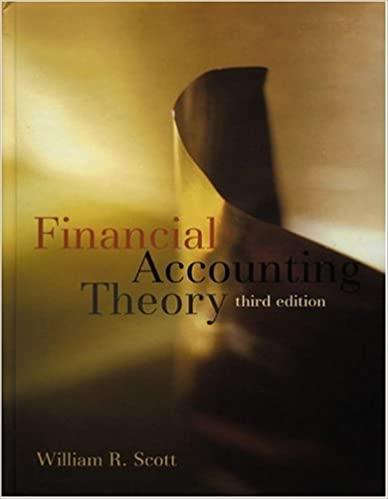Answered step by step
Verified Expert Solution
Question
1 Approved Answer
At the beginning of Year 2, the Redd Company had the following balances in its accounts: Cash $ 17,800 Inventory 8,000 Land 2,800 Common stock
At the beginning of Year 2, the Redd Company had the following balances in its accounts:
| Cash | $ | 17,800 |
| Inventory | 8,000 | |
| Land | 2,800 | |
| Common stock | 17,000 | |
| Retained earnings | 11,600 | |
During Year 2, the company experienced the following events:
- Purchased inventory that cost $12,000 on account from Ross Company under terms 2/10, n/30. The merchandise was delivered FOB shipping point. Freight costs of $880 were paid in cash.
- Returned $850 of the inventory it had purchased from Ross Company because the inventory was damaged in transit. The seller agreed to pay the return freight cost.
- Paid the amount due on its account payable to Ross Company within the cash discount period.
- Sold inventory that had cost $8,500 for $16,500 on account, under terms 2/10, n/45.
- Received merchandise returned from a customer. The merchandise originally cost $1,600 and was sold to the customer for $2,900 cash. The customer was paid $2,900 cash for the returned merchandise.
- Delivered goods FOB destination in Event 4. Freight costs of $770 were paid in cash.
- Collected the amount due on the account receivable within the discount period.
- Sold the land for $5,100.
- Recognized accrued interest income of $650. (To record this entry, debit the asset account Interest Receivable (this account will be on the balance sheet in the asset section and does NOT get closed at year end) and credit the revenue account Interest Revenue (this account is a temporary revenue account recorded on the income statement that gets closed at year end). This entry will be discussed in future chapters and will NOT be tested on Test 2).
- Took a physical count indicating that $7,300 of inventory was on hand at the end of the accounting period. (Hint: Determine the current balance in the inventory account before calculating the amount of the inventory write down.)
b. Record the events in general journal format. Assume that the perpetual inventory method is used. (If no entry is required for a transaction/event, select "No journal entry required" in the first account field.)
Step by Step Solution
There are 3 Steps involved in it
Step: 1

Get Instant Access to Expert-Tailored Solutions
See step-by-step solutions with expert insights and AI powered tools for academic success
Step: 2

Step: 3

Ace Your Homework with AI
Get the answers you need in no time with our AI-driven, step-by-step assistance
Get Started


